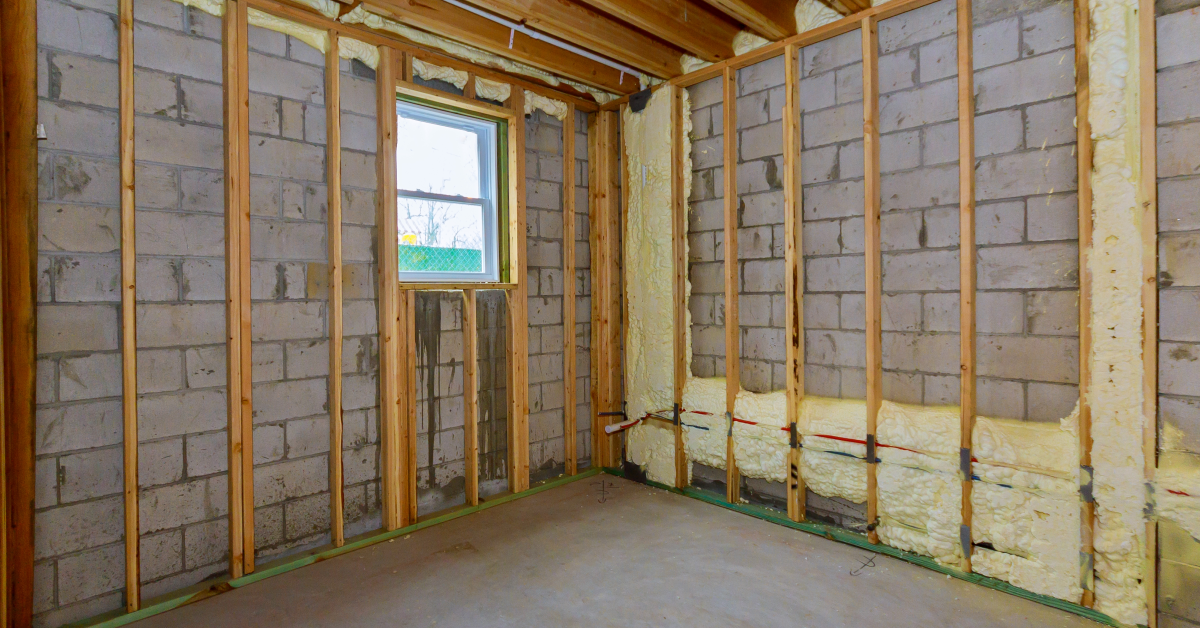Oregon’s wet climate presents unique challenges for basements, including the risk of flooding, leaks, and mold growth. However, with the right design strategies, homeowners can transform their basements into functional, dry living spaces. Below are some effective solutions. Basement solutions for Oregon and the wet climate. Get the details here by industry experts including help from construction professionals.
Waterproofing Systems
Exterior Waterproofing
One of the most effective ways to protect your basement from Oregon’s wet weather is through exterior waterproofing. This involves applying a waterproof membrane to the foundation walls and installing proper drainage systems around the perimeter of the home. Exterior waterproofing helps prevent groundwater from seeping into the basement, keeping it dry even during heavy rainstorms.
Interior Waterproofing
Interior waterproofing can also play a crucial role in combating moisture. Installing a sump pump helps collect and remove any water that enters the basement, while interior drain tile systems direct water toward the sump pit for easy removal. These systems work together to manage water that may accumulate inside the foundation, reducing the risk of flooding.
Sealing Cracks and Openings
Foundation Crack Repairs
Cracks in basement walls and floors are common entry points for water. Sealing these cracks with high-quality sealants or epoxy injections is essential for keeping moisture out. By addressing these vulnerabilities early, homeowners can prevent more severe water damage and avoid costly repairs later.
Sealing Windows and Doors
Basement windows and doors should also be carefully sealed to prevent moisture intrusion. Installing window wells with proper drainage systems can help keep water away from windows, while weatherstripping and caulking around doors can further reduce moisture entry.
Dehumidification and Ventilation
Installing Dehumidifiers
Oregon’s damp conditions can lead to high humidity levels in basements, which can contribute to mold growth and musty odors. Installing a dehumidifier helps control moisture levels, making the space more comfortable and healthier. Dehumidifiers are particularly useful in finished basements or storage areas where moisture-sensitive items are kept.
Improving Ventilation
Proper ventilation is critical for reducing humidity and improving air quality in the basement. Installing exhaust fans or incorporating air circulation systems helps remove excess moisture and reduces the chances of mold development. Ensuring that basement windows are functional and can be opened when needed also promotes better airflow.
Insulating and Flooring Choices
Proper Insulation
Insulating basement walls and floors can help regulate temperature and prevent moisture buildup. Insulation materials like closed-cell spray foam offer both thermal insulation and moisture resistance, making them ideal for Oregon’s wet climate. Properly insulated basements remain more comfortable throughout the year while being less prone to dampness.
Moisture-Resistant Flooring
Choosing the right flooring for a basement is crucial in a wet climate. Materials like tile, vinyl, or sealed concrete are excellent choices because they resist moisture and are easy to clean. Avoid using carpet, as it can trap moisture and lead to mold growth. Instead, opt for area rugs that can easily be removed and cleaned.
Drainage Solutions
French Drains
French drains are effective at directing water away from the foundation and preventing water from pooling around the home. These systems consist of perforated pipes buried in gravel, which collect water and redirect it away from the foundation. Installing a French drain around the perimeter of your home can significantly reduce basement flooding risks.
Grading and Landscaping
The slope of your yard plays a crucial role in managing water flow. Grading the land around your home so that water flows away from the foundation can help prevent water accumulation near the basement. Additionally, incorporating landscaping solutions like retaining walls and swales can further control water flow and reduce moisture intrusion.
Conclusion
Oregon’s wet climate requires careful planning and thoughtful solutions to maintain a dry and functional basement. By employing waterproofing systems, sealing cracks, improving ventilation, and choosing the right materials, homeowners can transform their basements into safe, comfortable, and long-lasting spaces. These preventative measures not only protect your investment but also enhance the overall quality and usability of your home. Basement solutions for Oregon and the wet climate. Get the details here by industry experts including help from construction professionals.


